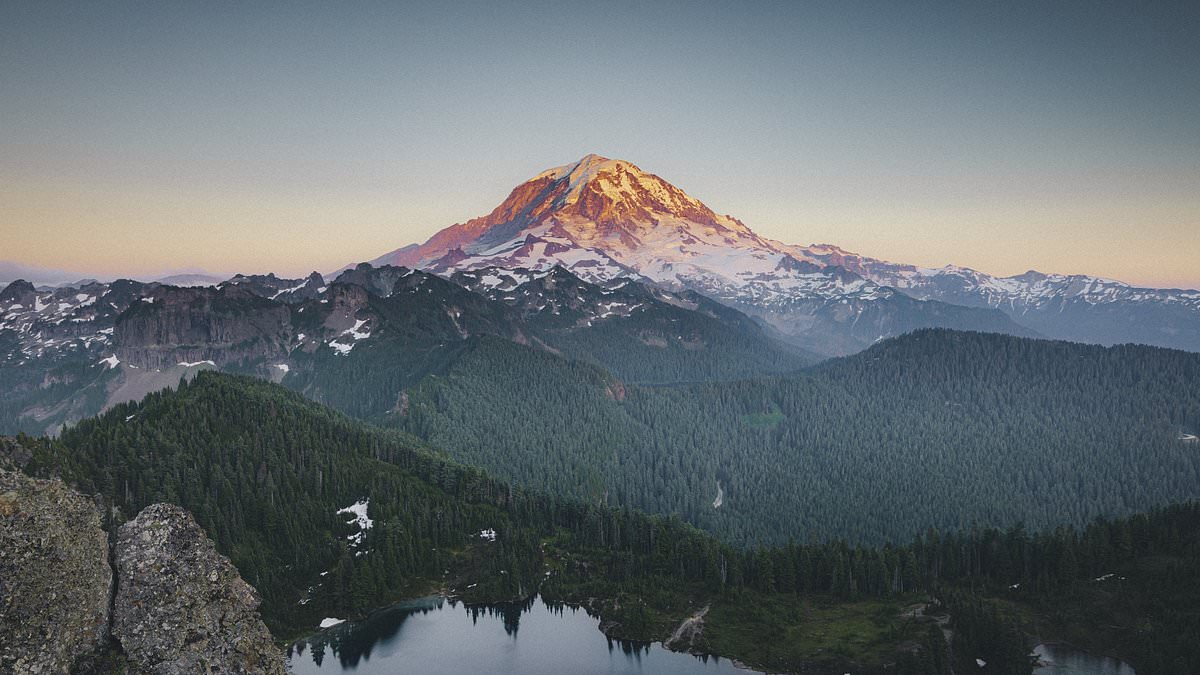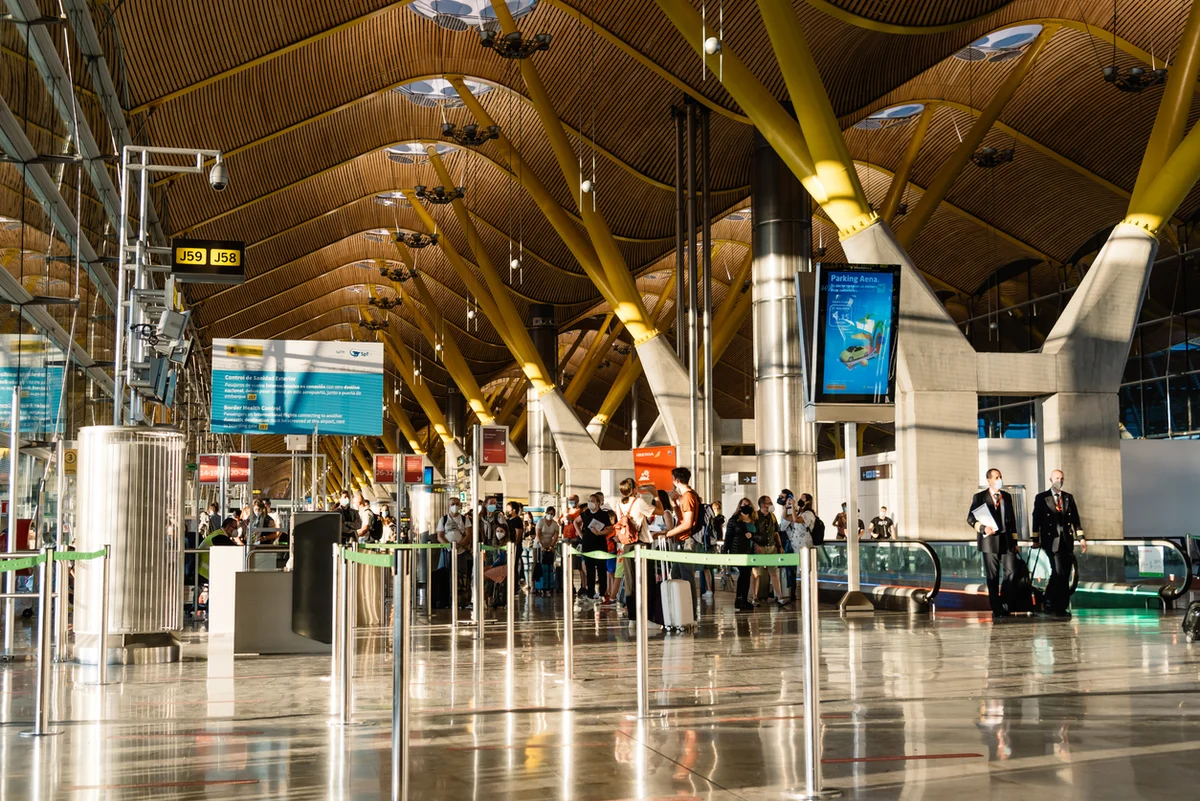Tiny Washington towns to be permanently cut off as council can’t afford to fix broken national park bridge
By Editor,James Cirrone
Copyright dailymail

A bridge that leads to Washington’s Mount Rainier National Park closed earlier this year – and now, nearby towns are panicking that they’ll be cut off from the park and the money that tourists bring in.
The 103-year-old Fairfax Bridge, which connects gateway towns Wilkeson and Carbonado to the park, was shut down in April when engineers discovered ‘new deterioration of steel supports’.
Many solutions have been proposed by the Washington State Department of Transportation. The problem is that none of them are cheap, and the state has not found any viable funding sources.
‘For a lot of people here, it feels like an existential issue because the community itself is so deeply connected to the land and the visitors it brings,’ Wilkeson Town Council member Jayme Peloli told SFGATE.
The only two viable alternatives transportation officials have identified are replacing the bridge in an area north of where it is now or permanently closing it.
Removing the bridge could cost between $70 million and $80 million, on top of the $46.6 million that would have to be paid out to private landowners losing access to the crossing.
This alone would take approximately three years to complete. To then construct another bridge would cost about $160 million and would take six years to finish.
The state’s transportation department has already allocated $1.5 million to study these options, but there is no budget for construction.
‘We continue to work with state leaders to share our needs and the risks associated with those needs being unmet,’ WSDOT Communications Manager Cara Mitchell told SFGATE in a statement.
‘The State Legislature sets the transportation budget. Prior budgets passed by the legislature have not provided funding to replace or make repairs to the bridge.’
For Carbonado and Wilkeson, which have just over 1000 residents combined, the bridge closure could bring economic calamity.
It will also make the northwest corner of the national park virtually impassable except to backpackers who are already on the lengthy trails that lead into that section.
‘So much of our local economy and day-to-day life is tied to access through the Fairfax Bridge. If that part of the park were to stay closed permanently, it would be a huge blow — not just to tourism but to the small businesses and families who count on that access to make ends meet,’ Peloli said.
Peloli is a lifelong resident of Wilkeson and joined the town council in June after watching national park resources in the community dry up for decades.
For example, a ranger contact station that used to hand out passes to hikers getting ready to brave the 93-mile Wonderland Trail is now gone. Also gone is road access to the Ipsut Creek Campground that flooded back in 2006.
‘Every year it feels like things are getting less and less available, and there’s just really no relief for that,’ Peloli said.
‘Unless we’re vying and lobbying for attention and resources and fighting for ourselves. The easiest option [for state and federal agencies] is going to be just to block it off.’
Peloli launched a petition that is demanding state legislators to issue an emergency declaration over the Fairfax Bridge closure, which would help towns get access to state and federal funds.
Her argument is that if there’s a will, there’s a way. She pointed out that Governor Bob Ferguson used unclaimed lottery winnings to repair a road into Olympic National Park’s Hoh Rain Forest.
Ferguson also issued an emergency declaration to fix the White River Bridge, a few miles north of Wilkeson, after it was damaged on August 18. It is already set to reopen in late September.
Angry Washingtonians poured into the comments of his social media post announcing the White River Bridge repairs to remind him about the other ailing bridge.
‘Hey Bob, this could be a great time to ask for funds for the Fairfax bridge solution as well! It’s also an important lifeline to the area (for residents) and is the only way by car to a huge section of Mount Rainier National Park!’ one person wrote.
Peloli’s petition had more than 10,000 signatures as of Tuesday morning and focuses mostly on the challenges faced by residents of Fairfax, a town south of the bridge.
These include delays for emergency first responders and long trips to grocery stores, schools and hospitals.
The governor’s office has said that an emergency declaration isn’t possible under current federal reimbursement rules.
Jill Cartwright, a 66-year-old homeowner living past the closed bridge, told SFGATE that an aide from the governor’s office visited her and other residents to evaluate the situation.
She said they joked about the town as ‘a geriatric ward on life support’.
‘They aren’t wrong, of course, but it was really an eye-opener for me,’ Cartwright said. ‘It was the first government official I’ve spoken with about this that seemed honest. It was refreshing. There’s a lot being said with no substance lately.’
Most of the homes across the bridge are miles apart from one another and rely on solar power or hydropower for electricity.
Landlines that were knocked out in a storm years ago still have not been repaired and cell coverage is unreliable, which has led residents to try to become federally licensed radio operators so they can have a backup communication option.
Cartwright is worried about the upcoming winter, which could snow in many people and keep them isolated in their homes.
‘The people who live out here are here for a reason. We like a more remote life away from the chaos of the world,’ Cartwright said. ‘But we aren’t selfish, and this isn’t just about us. The public lands we love are at stake, and we all know that once they close, they’ll never be the same.



